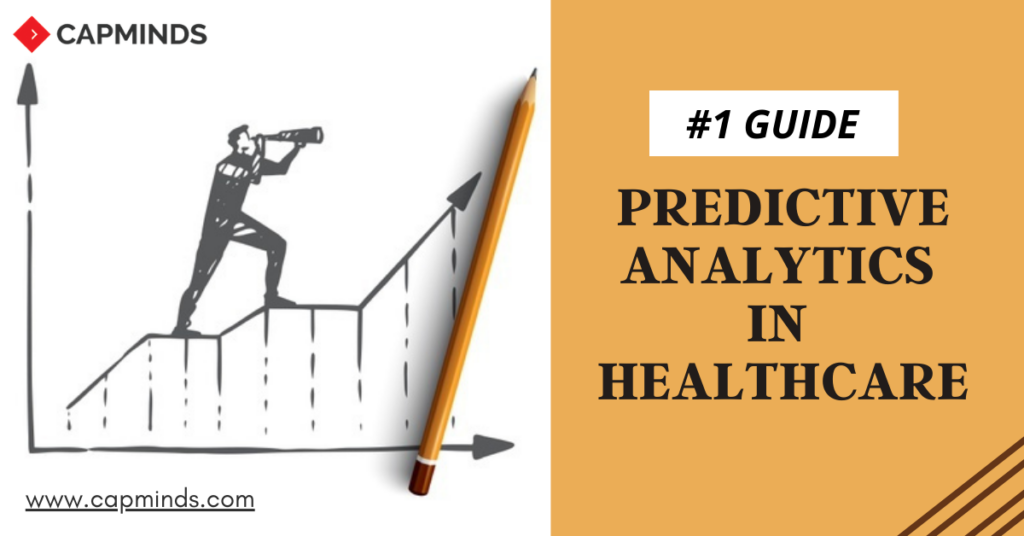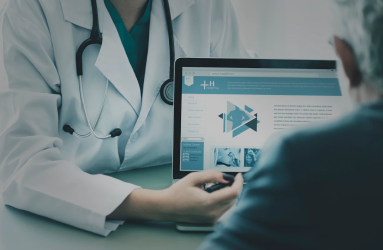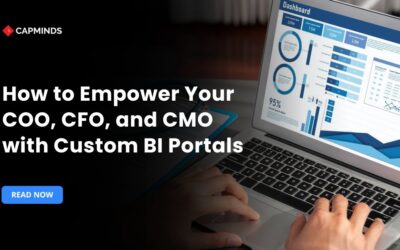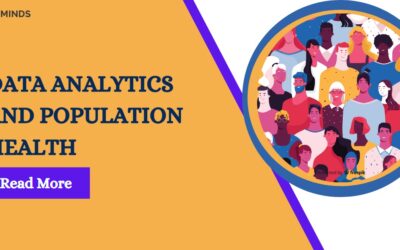Healthcare Analytics In Improving Patient Care (Top 4 Types)
Analytics in general means the systematic computational analysis of data or statistics or we can say it as, the information resulting from the systematic analysis of data or statistics. Analytics is an integrative field. And analysis is a subset of analytics. Where cannot we see analysis of whatever things we do these days?
The analysis gives an overview of what we search for or whatever we do to achieve some goal. We analyze everything before concluding, even in our day-to-day life. It is the base for everything. Analytics is used for the discovery, interpretation, and communication of meaningful patterns in data. It also entails applying data patterns towards effective decision-making.
And now coming to healthcare analytics, according to a source, it is the health care analysis activities that can be undertaken as a result of data collected from four areas within healthcare; claims and cost data, pharmaceutical and research and development (R&D) data, clinical data (collected from electronic medical records (EHRs)), and patient behavior and sentiment data (patient behaviors and preferences, (retail purchases e.g. data captured in running stores).
Improve patient care by using healthcare analytics
Healthcare data analytics furnishes integrated financial and administrative data adjacent to the information that can support efforts taken in, patient care, better services, and improve existing procedures.
The major areas where using analytics in healthcare can optimize efforts are
- The management of hospital and foundation donations and grants,
- Providing hospital administrators with information that allows for optimal physician scheduling,
- For insurance companies by providing an easier and more granular approach to track existing claims, clients, and premiums.
Analytics is as good as the data source and typical data sources include healthcare providers’ data, research results, and Electronic Health Records (EHR).
Healthcare Analytics: The Top 4 Types
Healthcare analytics and its types which by implementing, can make healthcare analysis effortless and improvised
Healthcare organizations to achieve their strategic effectiveness goals and operational efficiency objectives are recently keen to know whether they are getting the full value from a large amount of data and information they already have with them.
Healthcare analytics is a diligent word, that confines a wide diapason of aspects and dimensions of business intelligence applications and big data analysis. It is very crucial to learn more about the diverse functions, types, and levels through which health analytics can support such tasks.
By referring to many of the previous studies done by many researchers, we give you the main four types of analytics which when practiced in the healthcare sector can help in the improvement of patient care on a greater scale. Let us know more about them from below.
1. Descriptive Analytics
This is the most common type of analytics which provides reports and analysis based on past data. This examines and describes something that’s already happened. Typically the results are presented in reports, bar charts, and other visualizations and dashboards that are understood easily.
This is by far the easiest type as it uses only the already collected, readily available data. This is used to understand the overall aggregate performance of the healthcare organization.
The fundamental competencies must be built first in this type of analytics before attempting to move on upwards in the data.
- Data modeling fundamentals and the assumption of basic star blueprint of best practices,
- Communicating data with the right visualizations, and
- Basic dashboard design skills.
Usage:
- In direct healthcare practice, for example, descriptive analytics can be used to determine how contagious a virus is, by examining the rate of positive tests in a specific population over time.
2. Diagnostic Analytics
Diagnostic analytics, just like descriptive analytics, uses historical data to answer a question. But instead of focusing on “the what”, diagnostic analytics addresses the critical question of “why an occurrence or anomaly occurred within your particular area”.
This seeks to understand the cause of an event.
Usage:
- In healthcare practices, diagnostic analytics can be used to diagnose a patient with a particular illness or injury based on the symptoms they’re experiencing.
3. Predictive Analytics
Predictive analytics, true to its name, helps to make predictions about unknown future events.
This can be achieved by utilizing many techniques from data mining, statistics, modeling, machine learning, and artificial intelligence. This type of analytics uses these to analyze the current data to make future predictions.
Providers can use predictive analytics to enhance healthcare by assisting in decision-making, improving patient follow-ups, satisfaction, and providing relief for healthcare workers.
Only a handful of healthcare providers have moved on to predictive analytics because of the advantage of having a sufficiently complete and accurate descriptive analytics program.
Usage:
- The Predictive analytic method allows providers to determine individuals at risk for developing severe infections or chronic diseases. By identifying those at risk, it provides medical professionals an opportunity for early intervention and chronic disease prevention.

4. Prescriptive Analytics
The main focus in this type of analytics is “what should be done” or “what can be done to make something happen”.
This prescriptive type of analytics is a form of advanced analytics which examines data or content to answer the above-stated question.
Prescriptive analytics can provide healthcare organizations with actionable plans based on their gathered data and assist during a pandemic as well as in a post-pandemic world.
Usage:
- For example, if a hospital is facing an unusually large number of hospital-acquired infections, a prescriptive analytics program helps them by not only flagging an oddity and highlighting which patient in the ICU may be the next victim due to their vulnerable vitals, but would also identify the particular nurse automatically, who is involved in the care of all the patients who may be responsible for spreading the infection.
- This helps the hospital to become more aware and change or upgrade their hygiene and antibiotic program to prevent more similar breakouts in the future.
- In simple, this type can be used to evaluate a patient’s pre-existing conditions, determine their risk for developing future conditions, and implement specific preventative treatment plans with that risk in mind.
Other types of healthcare analytics also include,
- Real-time/Discovery Analytics – which analyses data as its generated, collected, or updated in real-time.
- Operational health analytics
- Tactical, and
- Strategic health analytics.
As for the conclusion
In recent years with the advancement in technologies and artificial intelligence, the healthcare sector is growing at a rapid speed. It also faces many challenges due to this same expansion. To tackle the problems and overcome the challenges faced by you, whether you are a medical practitioner working directly with patients or a healthcare administrator dealing with the industry’s business side, data analytics can help you with building a strong base for sound and impressive decision-making.
We can harness you with such an advanced analytic service. CapMinds is here at your service. Schedule a demo with us now to unfold the secrets to an advanced healthcare analytic program to improve your patient care delivery.
“Let’s make your healthcare analytics advanced, together”




